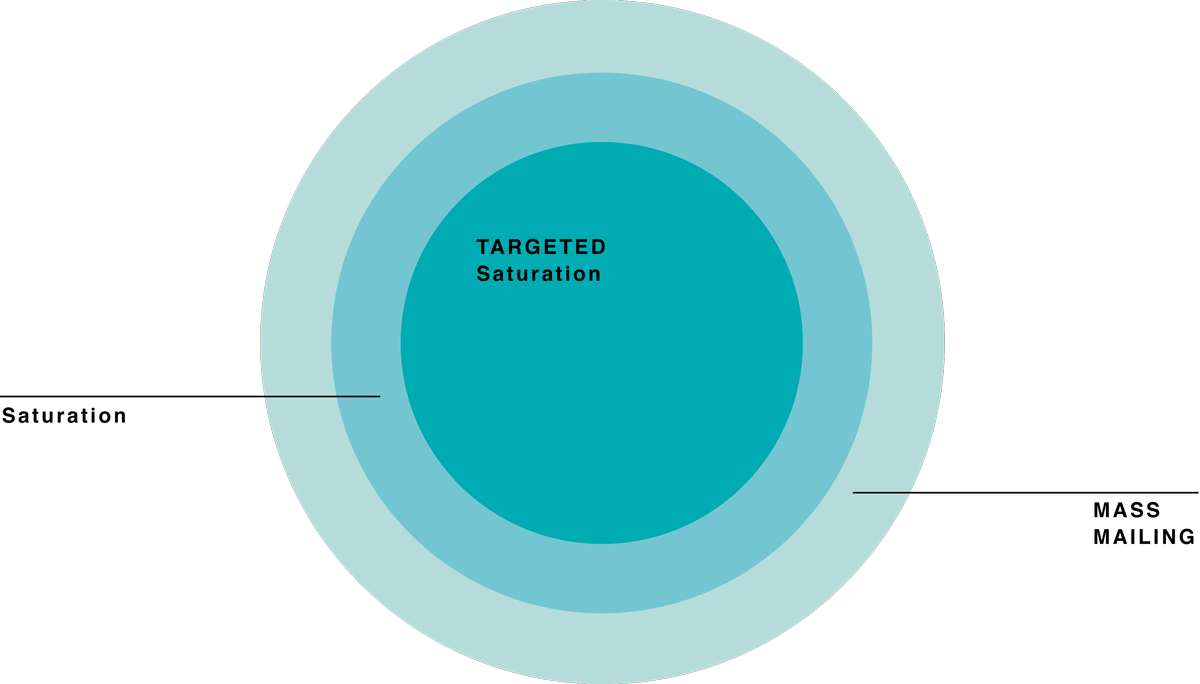Three paths to a better audience


Customers are more willing to open what you send when they don’t feel like an afterthought. In a 2015 InfoTrends study titled Direct Marketing Production Printing & Value-Added Services: A Strategy for Growth, 84 percent of US consumers surveyed said that personalization made them more likely to open a piece of direct mail.
Customization is a great opportunity to get the idea across, as is ensuring that your direct mail goes only to consumers who will be interested in what you’re selling. Optimizing how you target that audience is the first step toward a direct mail campaign that gets results. To hit the bull’s-eye, here are three areas to assess when selecting your audience.
Demographic
Divide your audience into easily definable portions of the population (age, gender, income, etc.). This will help you save money on postage and stay one step ahead of the game when it’s time to define your message.
Geographic
It’s always best to first look at your market from a geographic perspective because location is the basis for the postal service’s network. Think about how best to break down your customer reach: a city, county, ZIP code, neighborhood or even something bigger like a state or country.
Psychographic
Use psychology and demographics to break down populations by more enhanced filters, such as people’s lifestyles, personality, values and where they are in the sales pipeline.
Adding full color and person’s name to a piece of direct mail can increase response by 135%, according to a Canon Solutions America 2017 white paper titled “The Power of Color in Communication.” There are mailing techniques to help you achieve that level of customization—and whatever else you’re looking to do.

Personalized targeted
Customize each mailpiece with the name and individual preferences of the recipient. These techniques have been proven to acquire new customers, reward existing ones and convert leads into contacts.
Batch targeted
Tailor your message to the interests and needs of the recipient. Targeting with this method can engage the recipient and is more likely to garner a favorable reply than something one-size-fits-all.
Micro targeted
Use advanced data collection and analysis to enhance a database and create pinpointed research about recipients. Highly sophisticated and effective, it can backfire if the recipient is spooked by how much you seem to know about them.

Targeted saturation
Add filters to your addresses so that you’re still reaching a large portion of the population but targeting only those who may be interested. This reaches a slightly smaller audience than saturation mailing but can result in a higher percentage of interested parties.
Saturation
Send mail to between 75 and 100 percent of all residential and business addresses in a given area. This is highly effective for marketing that aims to drive awareness and word-of-mouth business within a specific location.
Mass mailing
Mail an identical message to a large list. Unlike the saturation method, a mass mailing is not targeted geographically. These are easy to implement and don’t require additional technology; however, the response rate might not be worth the cost.
Create a list in-house
Your first and probably cheapest option is to create a list in-house by using previously compiled customer information.
Enrich a list
A company that sells data can take your list and add customer profiles, updated addresses, data and demographics. This can transform your records into a robust dataset specific to your needs and beneficial to your ROI.
Rent a list
The most common option, names on a rented list remain the property of the list owner and may be sent to a third party who will facilitate your mailing; however, you will own the names of anyone who responds to your direct mail. List maintenance remains the responsibility of the owner, and you can renew when the terms expire.
Buy a list
When you buy a list, you have the right to contact the people on the list as you choose, right from the start. But remember: It’s also your job to manage and update the list.